If you read the press release that DTE Electric put out announcing its new Integrated Resource Plan (IRP), it sounds like the Green New Deal. The utility boasts of a “bold new goal” to reduce emissions 80% by 2040, as well as a more near-term target of 50% by 2030, with CEO and Chair Gerry Anderson declaring that the state is in the middle of a “fundamental energy transformation”.
But when you go past these quotes, past the images of wind turbines on the web site that the utility has put out to congratulate itself and dig into the details of the actual 648-page plan, there are some details that don’t look so ambitious.
DTE is scheduled to file an IRP every five years, so it is the next five years of the plan that actually count. And over this time period, the utility plans to build a grand total of 11 MW of solar.
To be fair, this is mostly because DTE is building wind instead. The utility is planning for 693 MW of wind, and also 465 MW of “renewable energy” in 2021 under its Voluntary Green Pricing (VGP) program, and possibly as much as 715 MW by 2024.
And while DTE is loudly trumpeting the shutdown of coal units, the utility also plans to keep some units online potentially as late as 2040.
No cost declines
If it is unlikely that DTE will build much solar beyond the 11 MW it plans, including through VGP, this may be because the utility is projecting that costs will not decline for utility-scale solar. At the very last page of the 648-page tome is a chart which shows an estimate of $1.04 per watt-DC for utility-scale solar, which is roughly in line with the benchmark costs for 2017 and 2018 put out by the U.S. Department of Energy’s National Renewable Energy Laboratories (NREL).
However, the testimony by Terri Schroeder puts utility-scale solar not falling to below $1.00 per watt until 2026. This is in stark contrast to price trends for utility-scale solar, as costs nearly halved for projects from 2013 to 2018.

War over customer and third-party owned solar
One reason that there is so little solar in DTE’s IRP may be that the utility is expecting success in its efforts to make both the Public Utilities Regulatory Policy Act of 1978 (PURPA) unusable for solar developers and to kill rooftop solar.
Ben Inskeep, a research analyst at EQ Research, has previously noted issues with DTE and PURPA, stating that solar developers have complained that DTE is delaying applications under PURPA, as well as imposing unreasonably high costs for interconnection.
“It is shocking to see so little solar in DTE’s proposed course of action over the 2020-2024 period especially given the phase-out of the ITC and the strong recent interest in Michigan PURPA QF projects,” Inskeep told pv magazine. “DTE also appears to have assumed no new solar QF capacity will be commissioned over the next decade.”
Inskeep also notes that DTE is assuming very low distributed generation growth rates – something which is in line with its efforts to increase fixed charges on its customers, including imposing a per-kilowatt charge on its customers who go solar.
Lithium-ion batteries MIA
All in all, Inskeep says the IRP doesn’t add up.
“Asserting minimal amounts of lithium-ion battery storage will be commissioned over the next 20 years, especially as the utility filed with its IRP a ‘renewables integration’ report stressing its concerns with increasing amounts of variable renewable energy generation, strains credulity,” explains Inskeep. “Overall, this sharply contrasts with the trends in the region, like what we have seen from NIPSCO (IN) and Consumers Energy (MI) in their recent IRPs.”
All in all, this appears to be more of the same from DTE, which last year pushed regulators to approve a gas plant instead of clean energy options which proponents including Union of Concerned Scientists say would save customers money.
This content is protected by copyright and may not be reused. If you want to cooperate with us and would like to reuse some of our content, please contact: editors@pv-magazine.com.
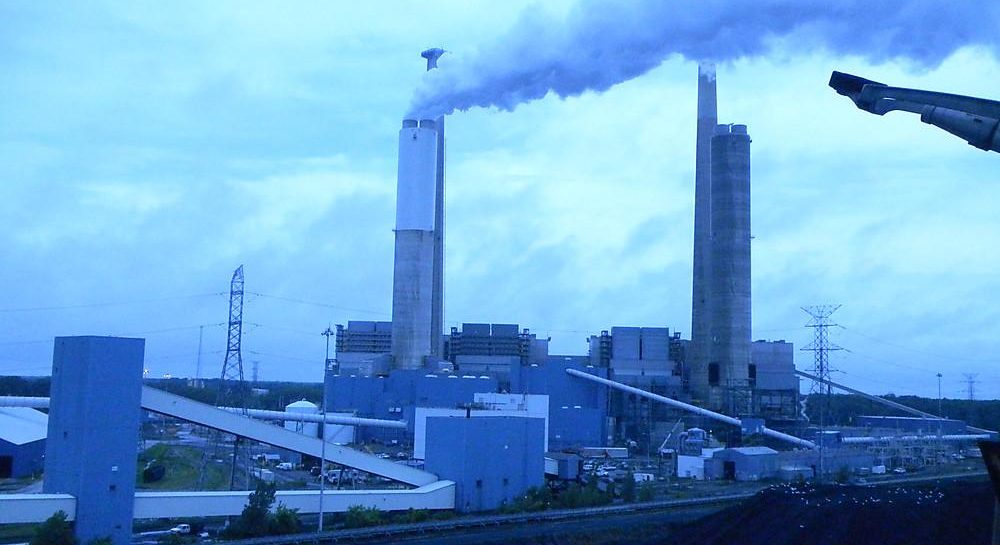
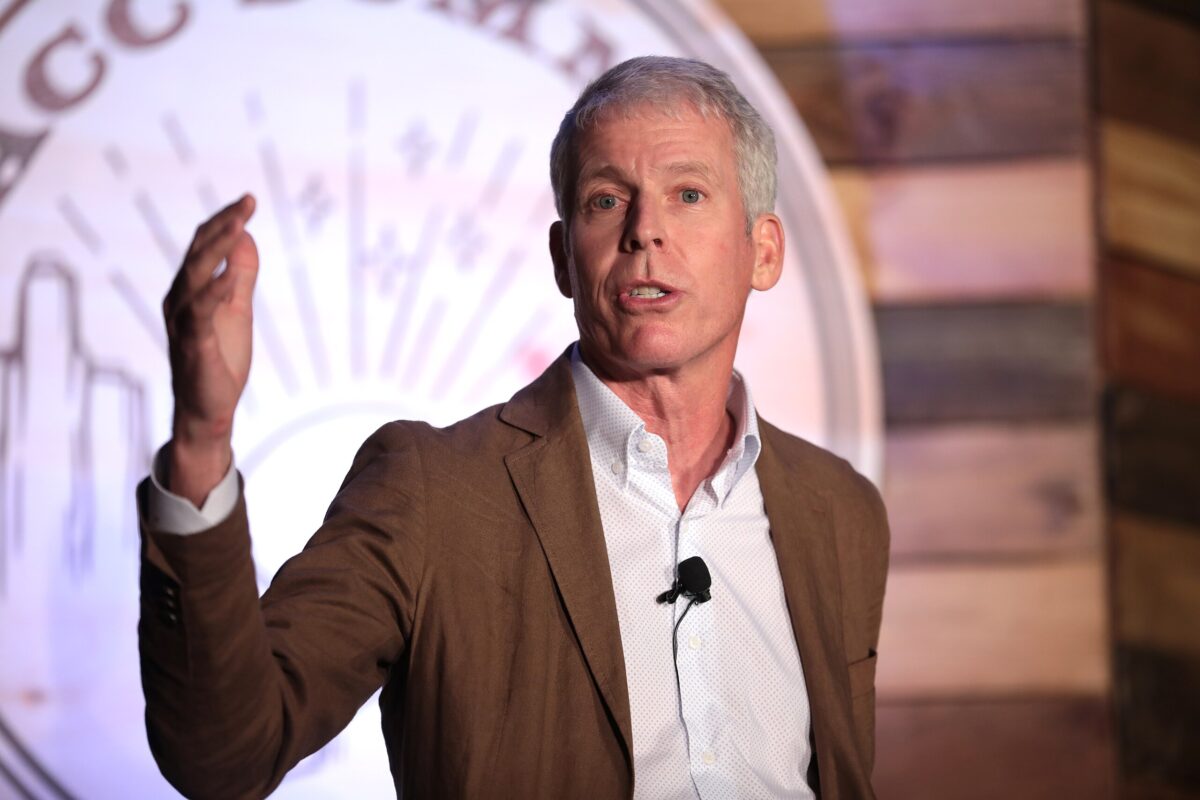


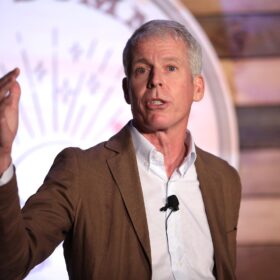

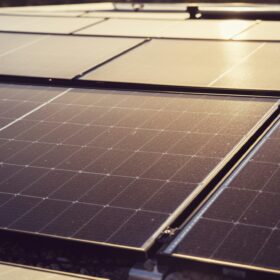

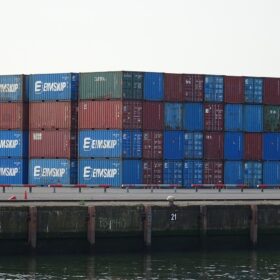
Windmills seem to be local township polititons , career death sentence……until the state steps in and changes local laws ……thete arnt going to be any more windmills erected !
We refer to them as wind turbines, not windmills; the mill part of windmills refers to technology of using the kinetic force of wind directly, as was done before electricity generation became an established technology. Whereas turbines refers to the technology that generates electricity.
Also, while local officials have blocked wind turbines in some areas, I don’t see that happening en masse in Michigan.